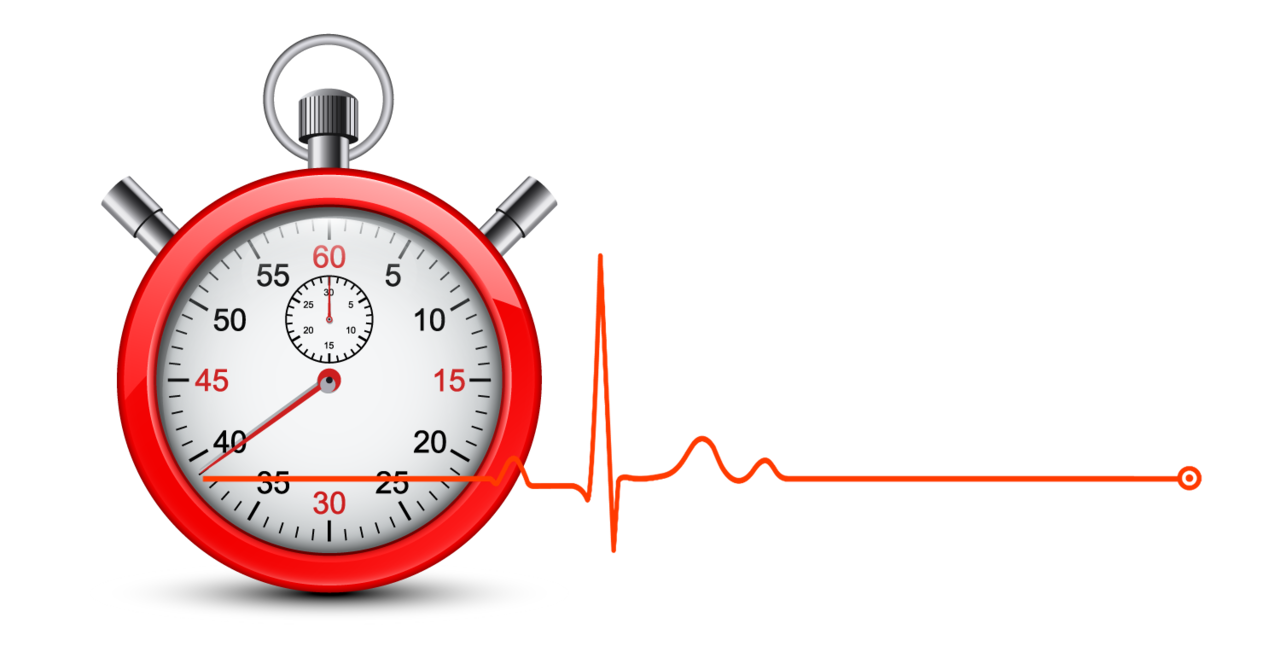
Predicting and Preventing Cardiovascular Disease
Last week, The Wall Street Journal ran an important – and troubling – article entitled “Heart Attack at 49—America’s Biggest Killer Makes a Deadly Comeback.” It describes how progress has stalled in this country’s decades-long fight against cardiovascular disease – so much so that the number of deaths from heart disease is now rising. How did we get to this point and what can be done to get back on track?
While the U.S. healthcare system has many strengths, the Journal article highlights one of its greatest weaknesses. Fundamentally, we have a healthcare system that is designed to fix people when something breaks, rather than a system focused on predicting who is at risk of a serious health event and intervening to prevent that event from occurring in the first place.
Think about what typically happens when someone suffers a heart attack – which, by the way, happens once every 40 seconds in this country. He (and, increasingly, she) is whisked by an ambulance to a state-of-the-art emergency room to receive immediate care from a team of highly skilled doctors and nurses who will spare no expense to fix what is broken. The bill will be in the tens of thousands of dollars, but the system will pay for it without hesitation because that’s the system we have. Something breaks, we fix it.
The trouble is, we can’t afford this system anymore – not in the U.S. and not in the rest of the world, where cardiovascular disease remains the #1 killer. According to a report from the American Heart Association, we are now spending more than $550 billion a year on cardiovascular disease in the U.S. alone – and that number is heading to a staggering $1.1 trillion by 2035 if current trends continue. This despite the fact that we know the risk factors for heart disease and have innovative treatments – from Amgen and other companies – that effectively mitigate those risks.
For too many at-risk patients, though, getting access to treatments that can help prevent a heart attack or stroke is still a challenge due to concerns from insurance companies over cost. Paying to treat a heart attack or stroke? No problem. Paying to prevent a heart attack or stroke? Not so fast.
The power of a healthcare system oriented around prediction and prevention is that it puts what is best for patients at the center of the conversation – not cost. After all, even if you could afford a heart attack or stroke, would you actually want to have one?
I think the answer is clear. None of us want to experience a devastating health event, even if we can be fixed once we are broken. If we can shift the orientation of our healthcare system even slightly toward prediction and prevention, we will free up tremendous resources for more and better innovations to treat cardiovascular disease and a host of other serious illnesses – for the good of individual patients and their families and for society as a whole.

Mechanical Engineer at Northrop Grumman - Astro Aerospace
4yLooking at the big picture is just one of the many reasons I am proud to be employed by Amgen! Great article!
Strategic Engagement, Corporate Pharmaceutical and Biotech, North America
4yThis post touches my heart at so many levels. As a former nurse, a current partner with Amgen to bring resourcing to researchers and as a heart attack survivor myself just weeks after my Father needed a triple bypass. My symptoms for years were aligned to anxiety or perimenopause as a fit, non smoking 49 year old female. Risk factors appeared low. My father was an overweight, 70 year old with poor eating habits. He was diagnosed with indigestion. There is so much to be learned and we can begin prevention by better education of our health care community. Elsevier does wonderful work with our predictive analytics though ETM of lessons to date published in literature, internal and external research work and academic collaborations. How do we bridge the patient touch points to decrease this trend and identify early risk factors, encourage management by healthcare insurers, and see outcomes that allow for pharmacologic support when genetic predisposition is high ? We have room to grow and comments from a CEO of an innovative company such as Amgen is a welcome seeding of this important methodology. Thank you. And one other comment I cannot resist. As a volunteer EMT, please always encourage others to learn the signs of stroke and CPR ❤️
Healthcare and Workers Compensation Professional
4yI agree that the current medical model in the treatment of many health related diseases has firmly placed the cart in front of the horse with the carrot dangling behind the horse! There is truth to be found in the concept that prevention is a more cost effective and prudent long-term solution to the current reactive and short-term solutions that rely heavily upon state of the art science and innovation. I guess the bigger question regarding consumers and patients are what incentives can the healthcare system offer in order to persuade the public to embrace preventive measures and not settle into comfortable and unhealthy cycles of behavior? Discounted insurance premiums? Rebates at the end of the year? Even a modest return could entice the most skeptical of consumers to "buy in" and start getting healthier. Payouts to the healthy. Better levels of fitness. Decreased insurance costs. Less stress on the medical systems. Sounds like a win all-around to me.
Process Development Sr Principal Scientist at Amgen
4yCan you please share a few technologies that predict cardiovascular diseases? One highly hyped innovative product is Apple Watch that is reported to detect irregular heart beat before serious incidents happen.